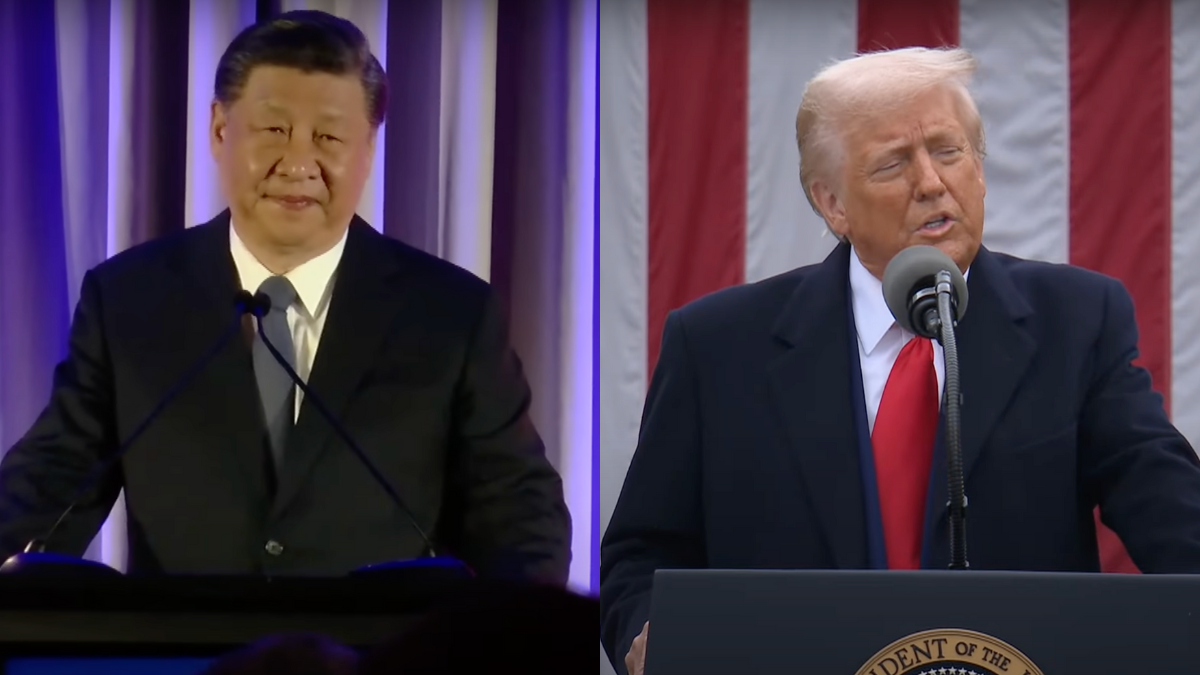Economist Behind Accurate Recession Indicator Rule: It Just Triggered
Former Federal Reserve economist Claudia Sahm, creator of the “Sahm Rule,” has raised alarms about the U.S. economy’s direction following a disappointing jobs report. The Sahm Rule indicates the onset of a recession when the three-month average unemployment rate rises by 0.5% or more compared to its lowest point in the past year. Recent data revealed a job addition of only 114,000 in July, falling short of expectations, and an increase in the unemployment rate to 4.3%. Sahm noted that the current increase in unemployment suggests potential risks of economic weakening, driven by disruptions in the labor force and a decrease in demand for workers.
While Sahm urged caution and suggested not overreacting to a single data point, she emphasized that this trend could lead to negative momentum if left unchecked. She highlighted ongoing challenges, such as elevated inflation, which has hampered businesses’ hiring capacities, and the complexities stemming from the post-pandemic labor market adjustments. The implications of these factors indicate a concerning trajectory for the economy.
Former Federal Reserve economist Claudia Sahm, who established the “Sahm Rule,” which has accurately predicted past recessions, warned the economy is on a concerning trajectory following a poor jobs report on Friday.
The “Sahm Rule” is an indicator of the onset of a recession and occurs when the three-month unemployment rate average increases by 0.5 percent or more compared to the lowest three-month average from the past year, according to the Federal Reserve Bank of St. Louis.
Sahm on “Bloomberg Surveillance” responded, “It triggered, yeah,” when host Tom Keen asked whether “the Sahm rule is in force at this moment” due to new data from this month’s jobs report.
‘It Triggered’: Economist Who Created Recession Indicator Sounds Alarm After Dismal Jobs Report pic.twitter.com/xbIXfiUH2o
— Daily Caller (@DailyCaller) August 2, 2024
The U.S. added 114,000 nonfarm payroll jobs in July, which was less than the 175,000 jobs economists had anticipated, and the unemployment rate ticked up to 4.3 percent when it had been expected to remain stable at 4.1 percent.
The unemployment rate was 3.5 percent in July 2023.
“That puts it up over its half-a-percentage-point threshold, noting that comes off of historical experience, that doesn’t necessarily tell us where we are right at this moment, saying a recession,” Sahm said.
“This has seen way too much momentum in the unemployment rate in recent months. I mean, 4.3 percent, right? … Whether we are at that moment of a recession or not, this is your build into substantial weakening in the labor market.”
However, she went on to add, “All is not lost … We should never panic. There are policy tools, there are levers.
“I don’t overread one data point, but this isn’t one data point. So I think the case now for, ‘Hey, we’re normalizing,’ — We did need to slow things down some, probably, generally speaking,” she continued.
“But now the question is, ‘OK, so we’ve had enough slowing here. What levels this out?’
“And that, I think — I don’t have the answer for that.”
The “Sahm Rule” has accurately forecasted each recession since 1970, according to Fox Business.
“We have had a lot of disruptions in the labor force,” Sahm told Keen. “Even going back to the beginning of the pandemic, millions of people dropping out, and then we had labor shortages, and then we had larger immigration coming in,” Sahm said.
“This has just been a lot. And we all know … adjustments can be hard if they are big and sudden. And we’ve had a lot of that. And so, this is absolutely in there in these increases in the unemployment rate. We are still working through disruptions.
“Underneath that is also a much more typical, pernicious, not-good increase in the unemployment rate of just — there’s less demand for workers,” she added.
“And when workers don’t have paychecks, they can’t spend, and then that’s the momentum that gets going.
“The volume has turned up louder than usual on the ‘Sahm Rule.’ So I don’t look at this and, big picture, say, ‘We are in a recession,’ but I look at this and I say … ‘We’re not headed in a good direction at all.’”
Continued elevated inflation has hurt businesses’ ability to hire, measuring 3.0 percent year-over-year in June, well above the Fed’s target of 2 percent.
Inflation has increased prices by over 20 percent since President Joe Biden assumed office in January 2021.
All content created by the Daily Caller News Foundation, an independent and nonpartisan newswire service, is available without charge to any legitimate news publisher that can provide a large audience. All republished articles must include our logo, our reporter’s byline and their DCNF affiliation. For any questions about our guidelines or partnering with us, please contact [email protected].
" Conservative News Daily does not always share or support the views and opinions expressed here; they are just those of the writer."





Now loading...